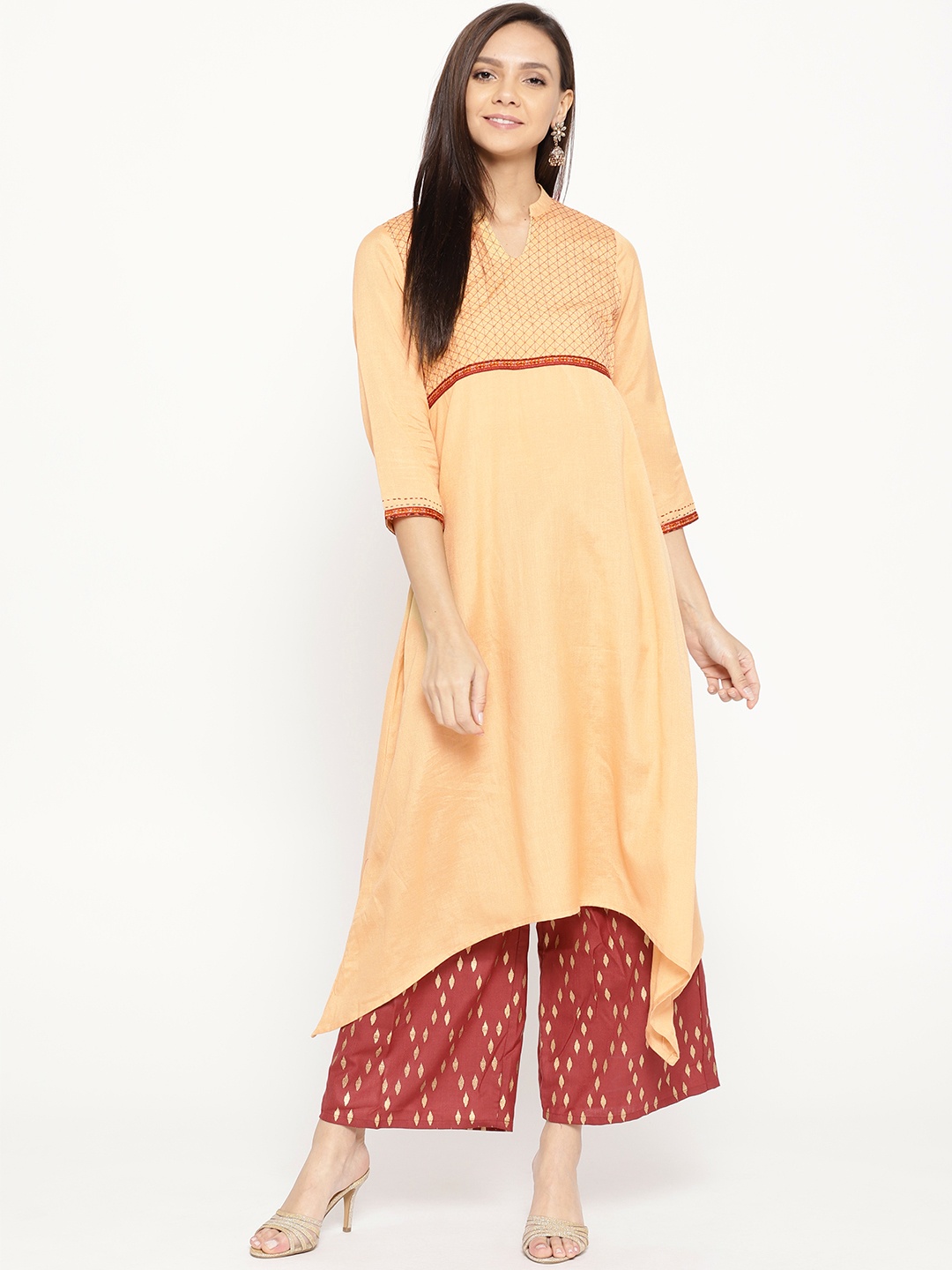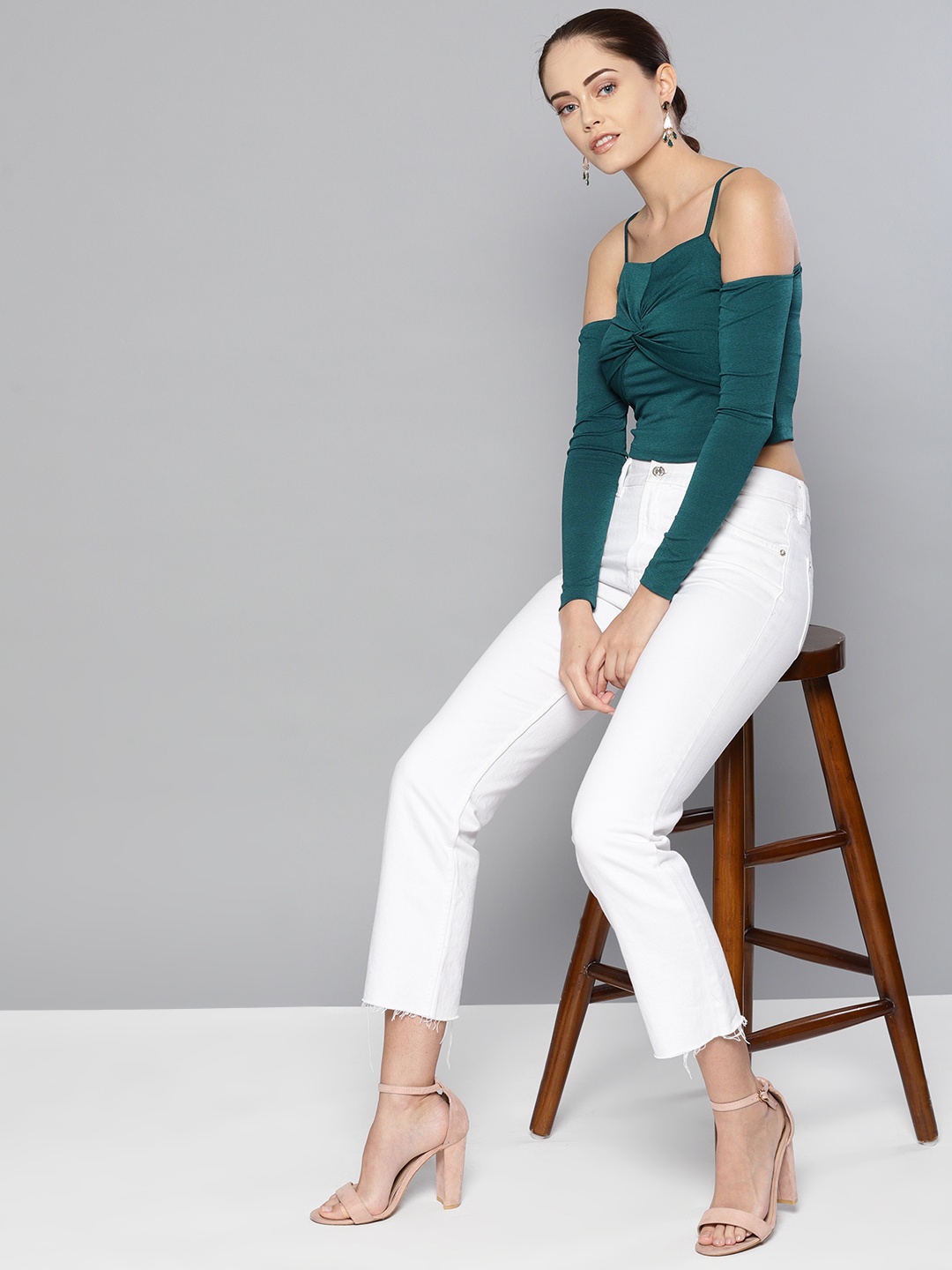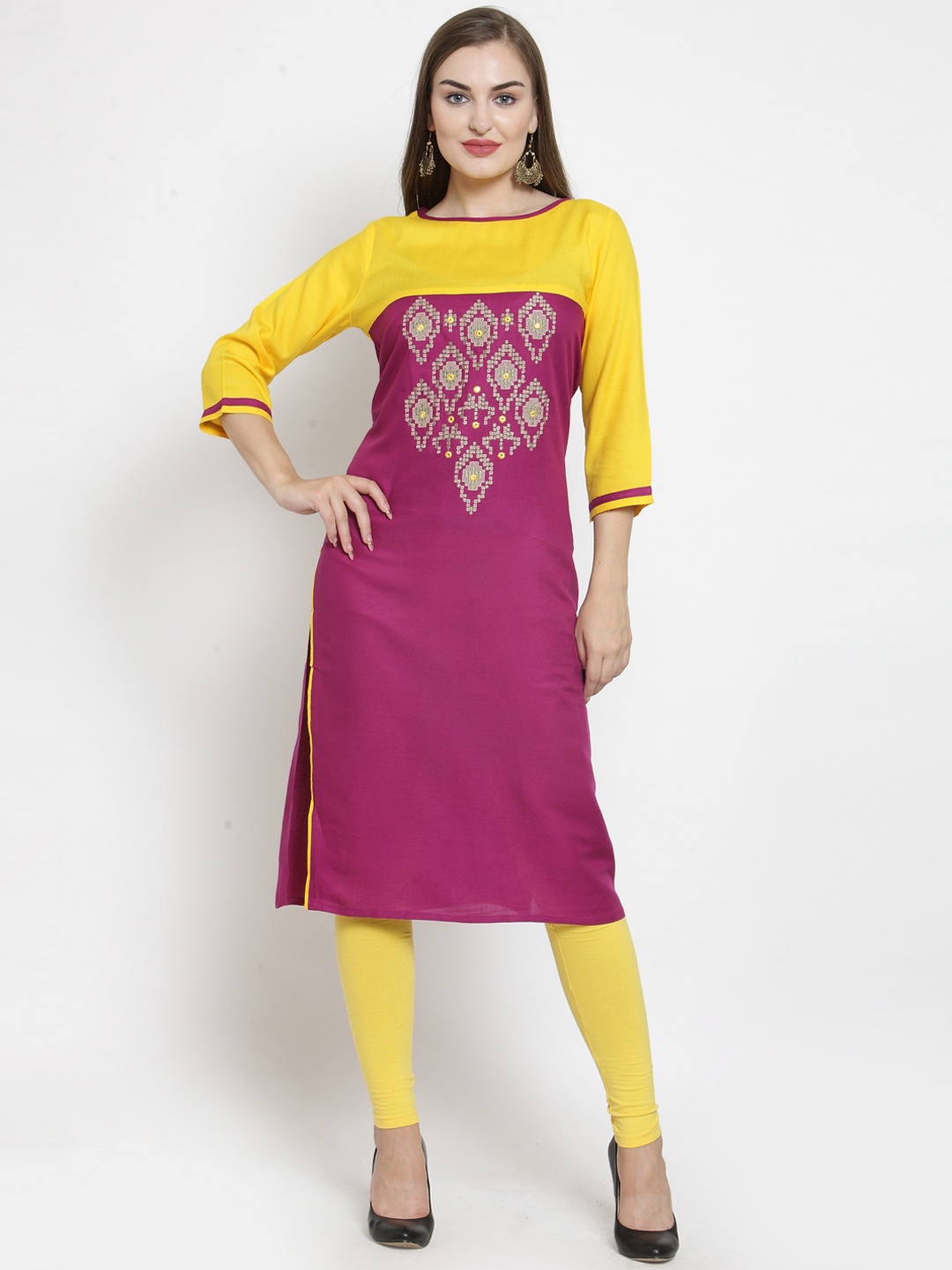How To Style Formal Shirts So They Do Not Look Like Office Uniforms
Formal shirts often walk a fine line between sharp sophistication and dull monotony. This is how to wear your formal shirts with flair, so they look anything but an office uniform. Here is how to breathe new life into your formal shirts and keep monotony at bay.

10 Smart Ways To Style Formal Shirts Without Looking Like You Are In A Uniform.
Formal shirts are like the rice in our wardrobe thali, simple, dependable, and always there. Yet, just as rice can transform into biryani or curd rice depending on what you add to it, a formal shirt too can go from ‘just another work outfit' to something that speaks of style and confidence. Most of us pick up the same shades of blue, white, or grey and wear them the same way every week. It's no wonder they start to look like uniforms.
However, a little creativity and an eye for detail can completely change that. Whether dressing for a client meeting, brunch, or date after work, here's how to style formal shirts so they do not look like office uniforms.

How To Style Formal Shirts So They Do Not Look Like Office Uniforms; Photo Credit: Pexels
Smart Styling Tricks to Make Your Formal Shirts Stand Out
1. Play with Patterns and Textures
A solid white shirt is timeless, but it can feel flat when worn every day. Try introducing subtle patterns, micro-checks, pinstripes, or even jacquard textures. They add depth without shouting for attention. A fine houndstooth or dobby weave can instantly make a regular shirt feel more premium.
Pair a light blue patterned shirt with well-fitted navy trousers and brown loafers for a refreshing twist on office wear. The trick is balance; if the shirt has texture, keep the rest minimal. Think of it like seasoning food, too much and it's overwhelming, too little and it's bland.
For more casual settings, linen blends are a saviour. They wrinkle beautifully, offering that effortless charm that says, “I dress well, but I don't try too hard.”
2. Experiment with Colour Beyond the Basics
Blue and white may be safe bets, but your wardrobe deserves a little more drama. Soft pastels like sage green, lilac, or even blush pink can be surprisingly versatile. Earthy tones such as sand, rust, or olive also work beautifully with Indian skin tones, giving you a polished yet approachable look.
A pastel shirt under a charcoal blazer, paired with tan shoes, creates a sophisticated contrast. If you're wary of brighter colours, start small, maybe with a sky-blue shirt with a slight sheen or a dusty rose tone that pairs well with beige chinos.
Colour is emotion in fabric form. The right shade can lift your mood and subtly communicate confidence without saying a word.
Also Read: 5 Formal Shirts for Men With Narrow Shoulders: Best Fits, Styling Tips And Top Brands
3. Get the Fit Right, Tailoring Makes All the Difference
A great fit can make even an inexpensive shirt look luxurious. Baggy sleeves or droopy shoulders scream “uniform,” while a tailored silhouette exudes personality. A well-fitted shirt should sit snugly around the shoulders, taper slightly at the waist, and allow just enough room to move comfortably.
Visit a good tailor, it's worth every rupee. Sometimes, a simple nip at the waist or adjustment in sleeve length turns an off-the-rack shirt into something that looks custom-made. Think of tailoring as the garnish that brings the entire look together.
And remember, slim fit doesn't mean suffocating. Comfort should always come first. A confident stance beats a strained breath any day.
4. Roll Those Sleeves Like You Mean It
There's something effortlessly stylish about rolled-up sleeves. It's the universal signal for “getting things done”, practical yet relaxed. The trick is in how you roll them. A clean, even fold up to just below the elbow creates a neat, structured look. Avoid messy bunching or uneven folds that look rushed.
Pair a crisp rolled-sleeve shirt with chinos and loafers for a semi-formal day. It's a subtle rebellion against the stiffness of office dressing. If you want to go a step further, add a casual wristwatch or a leather bracelet. It's understated, but it says you have a sense of style beyond work hours.

How To Style Formal Shirts So They Do Not Look Like Office Uniforms; Photo Credit: Pexels
5. Layer Smartly, The Power of Jackets and Blazers
Layering is where style meets strategy. A well-chosen jacket or blazer instantly elevates a formal shirt. A navy linen blazer over a light pink or powder-blue shirt creates that perfect blend of authority and charm. In cooler months, a sleeveless woollen vest or a tailored cardigan can add warmth without making you look bulky.
The trick lies in texture and tone. A matte blazer over a crisp cotton shirt adds contrast and depth. Avoid shiny fabrics unless you're heading for a party; subtlety wins in day-to-day styling.
And don't forget, even a simple Nehru jacket in muted tones can transform your look from ordinary to effortlessly suave.
6. Accessorise, But Don't Overdo It
Accessories can make or break an outfit. The goal is to enhance, not distract. A sleek wristwatch, leather belt, and polished shoes often do more than a dozen accessories ever could. Try cufflinks for special occasions or a tie clip if you're wearing a tie; these small details hint at a refined sense of taste.
Pocket squares, if used well, can also add personality. Pick colours that complement your shirt, not compete with it. Even a subtly patterned tie or textured leather belt can break the monotony. Remember, accessories should whisper, not shout.
7. Tuck and Drape, Master the Art of Presentation
A well-tucked shirt is like a well-written sentence, crisp, clear, and confident. Avoid puffing or loose fabric bunching around the waist. The military tuck, where excess fabric is folded neatly at the sides, keeps things in place throughout the day.
For casual Fridays or after-work outings, the half-tuck or untucked look can add a relaxed flair, but only if the shirt length allows it. The hem should hit mid-zipper or slightly below the belt. Anything longer risks looking sloppy.
It's a small detail, but in style, small details make the loudest statements.

How To Style Formal Shirts So They Do Not Look Like Office Uniforms; Photo Credit: Pexels
8. Shoes Speak Louder Than You Think
Even the best shirt loses its charm when paired with worn-out shoes. Your footwear completes your outfit's story. Polished Oxfords or brogues bring structure to formal looks, while loafers or monk straps offer a modern, slightly relaxed touch.
Experiment with shades, tan or oxblood leather often stands out more than classic black. On semi-casual days, suede loafers or smart sneakers (in neutral tones) can pair beautifully with formal shirts and chinos.
Shoes aren't just accessories; they're mood indicators. A well-chosen pair can say, “This person pays attention.”
9. Mix Cultures, Traditional Meets Contemporary
One of the best ways to break the “office uniform” monotony is by blending traditional touches with formal shirts. Pair a plain formal shirt with a handwoven stole, ethnic jacket, or even jodhpuri trousers for festive events or casual Fridays.
This mix of modern and traditional creates a unique visual identity, stylish, confident, and deeply rooted. You'll look polished without looking like everyone else in the conference room.
A white cotton shirt under a bandh gala jacket, for instance, looks regal yet minimal. It's fashion that feels personal, not prescribed.
10. Care for Your Shirts, The Final Style Secret
Even the best outfit fails without proper care. Crispness and freshness make a shirt look new every time. Use quality fabric softeners, iron with care, and store shirts on wooden hangers to retain their shape.
A neat shirt says a lot about discipline and self-respect. Avoid wearing faded or frayed collars; retire shirts gracefully when their best days are over. And if you're stepping out for a special occasion, get your shirt professionally pressed; that ₹100 at the laundry shop can make a ₹2,000 shirt look like ₹10,000.
Style isn't just about what you wear; it's also how you maintain it.
Products Related To This Article
1. Red Tape Men Relaxed Fit Vertical Striped Button-Down Collar Formal Shirt
2. H&M Women White Formal Shirt
3. Raymond Pure Cotton Textured Slim Fit Opaque Formal Shirt
4. Chemistry Women Relaxed Opaque Striped Formal Shirt
5. Style Quotient Plus Size Striped Smart Formal Shirt
6. Arrow Men Pure Cotton Original Slim Fit Formal Shirt
7. Van Heusen Woman Spread Collar Geometric Printed Formal Shirt
A formal shirt doesn't have to mean “boring office attire.” It's a blank canvas waiting for your personality to colour it. With thoughtful choices, from fit to accessories, you can create looks that move effortlessly from boardroom to brunch.
Fashion, after all, isn't about rules; it's about rhythm. When you wear your shirts with confidence, care, and creativity, they stop being uniforms and start becoming an extension of your story.
So, the next time you button up for work, remember, style isn't in the shirt, it's in how you wear it.
(Disclaimer: This article may include references to or features of products and services made available through affiliate marketing campaigns. NDTV Convergence Limited (“NDTV”) strives to maintain editorial independence while participating in such campaigns. NDTV does not assume responsibility for the performance or claims of any featured products or services.)
























